Oh, Canada.
Cribbed from Wikipedia: Canada is a country in North America. Its ten provinces and three territories extend from the Atlantic Ocean to the Pacific Ocean and northward into the Arctic Ocean, making it the world’s second-largest country by total area, with the world’s longest coastline. Its border with the United States is the world’s longest international land border. The country is characterized by a wide range of both meteorologic and geological regions. It is a sparsely inhabited country of just over 41 million people, the vast majority residing south of the 55th parallel in urban areas.
Neat, eh?
So, Canada is big. Really big. It also has a reputation for being “nice”. Or, a least much more polite than its rather boisterous and loud neighbor down along their southern border. But even a country with Canada’s reputation can still produce a decent amount of criming and ne’r dow well rapscallions. Including short, ill-tempered men with claws. And, as great as the RCMP are, it stands to reason the country could use its own team of superheroes to help with the more nefarious evildoers that lurk within its mighty mass.
Hence, Alpha Flight. Who, unlike their compatriots in the US, have to cover huge tracts of land, rather than just one city.
Created by John Byrne for Uncanny X-Men 120-121, Alpha Flight served as a foil for the mutant team, and as a connecting device between Wolverine and Canada’s Department H. It was headed by James MacDonald Hudson aka Vindicator and later Guardian. The team proved popular and was launched as an ongoing series in 1983, with Byrne handling writing and art chores. It is said Byrne was unhappy with the assignment, as he felt he didn’t have much to add to characters. He would proven wrong, particularly in one very specific case.
Structurally, the first 8 issues, which we are covering today, are interesting. The first issue is the generic “let’s get the band together” story, where we are introduced, individually, to Vindicator (Guardian), Shaman, Northstar, Aurora, Puck, Marina, Sasquatch, and Snowbird. Having had the team disbanded by the government, each hero responds individually to an emergency. As each hero tries their hand battling the menace solo. It is only when they work together as a team that they succeed. All in all, a pretty standard intro, but it does provide a modicum of character insight.
The next 3 issues follow suit, with the team taking on a rather forgettable villain, but, again, allowing us to see these folks work together as a team. Since they had been a team before, it should be assumed that this was standard, but since, outside of cameos, we the readers hadn’t seen this, it does fall on Byrne to establish this.
The next 4 issues show an interesting pivot. Rather than continue with the team concept so early on, Byrne opts to feature individuals in solo stories. A strange choice, frankly, but it kinda works. Particularly in issue 7, starring Northstar and Aurora. In many ways a landmark issue in comics history, it does something that mainstream comics had avoided (and continued to avoid, going forward for many years). And, surprisingly, knowing Byrnes’ personal views. It is done with a sense of respect, subtlety, and a lack of stereotype that would not be the norm for decades to come.
Alpha Flight is not a “great” comic book, by any stretch of the imagination. It is very much an early 80s Marvel comic, and all that that entails. You know what that means. But it also has some strong revolutionary concepts, even outside issue 7. Having a team based outside of New York, and representing another country is great. But having that team also reflect, respectfully, cultures and indigenous issues outside of the norm of the US perspective makes Alpha Flight a capstone of the changing nature of mainstream superhero comics.
This article originally appeared as the introduction to episode 110: Alpha Flight.
The Collected Edition is a comic book podcast where the hosts discuss the famous and infamous runs and story arcs throughout the history of comics. Please subscribe to the show on Apple Podcasts, Sticher, IHeartRadio, and Spotify.


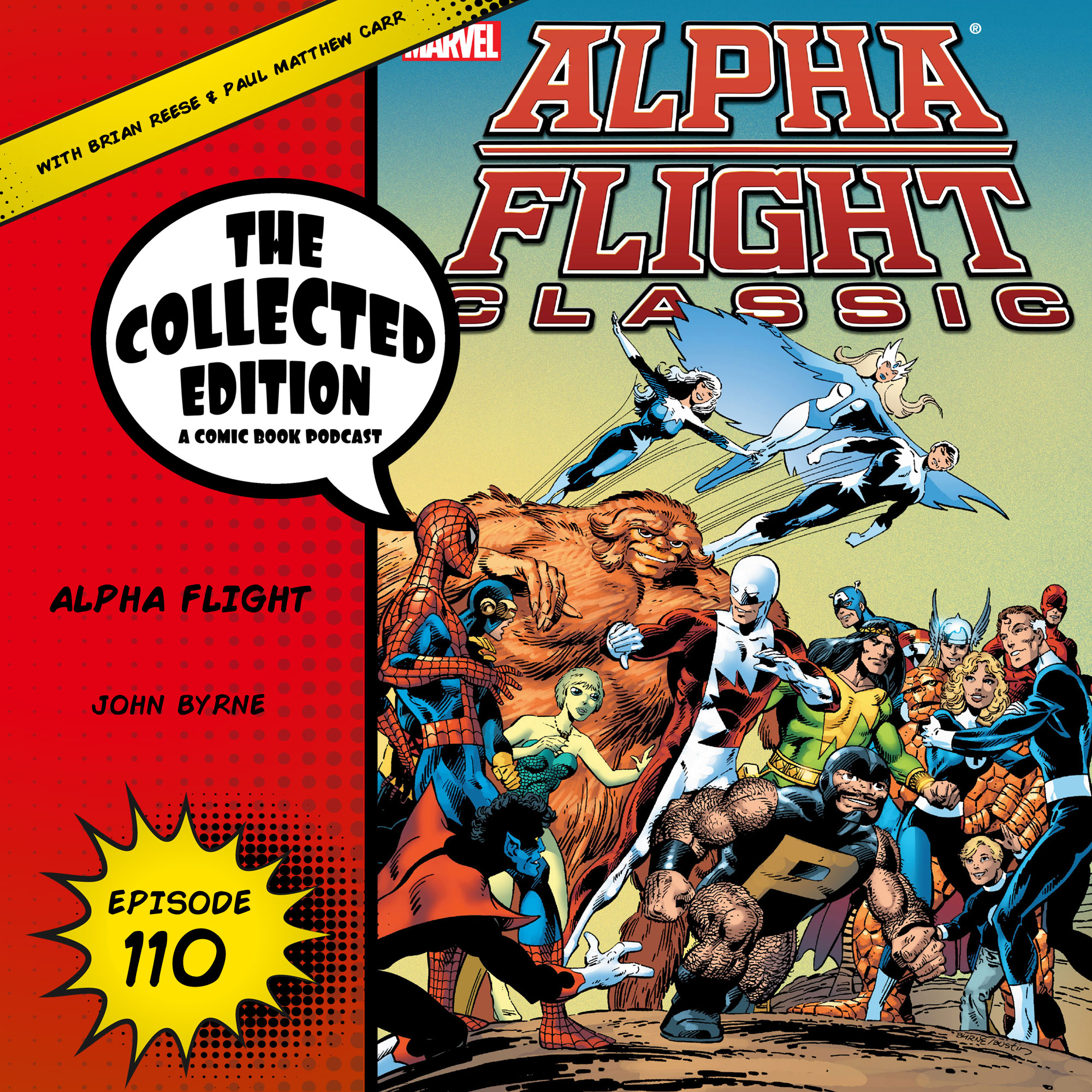
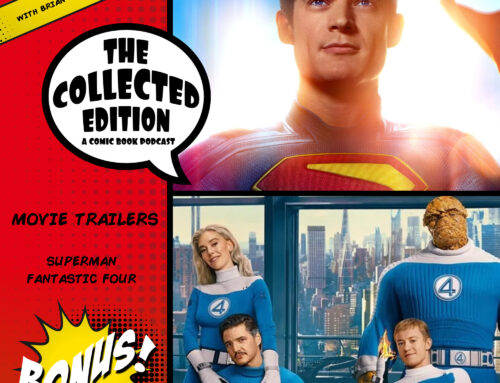
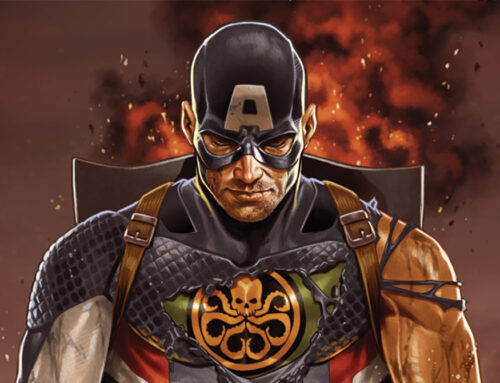
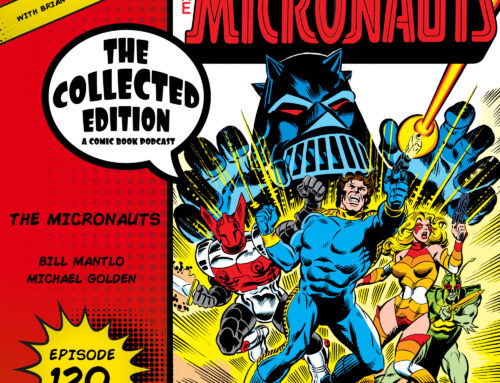
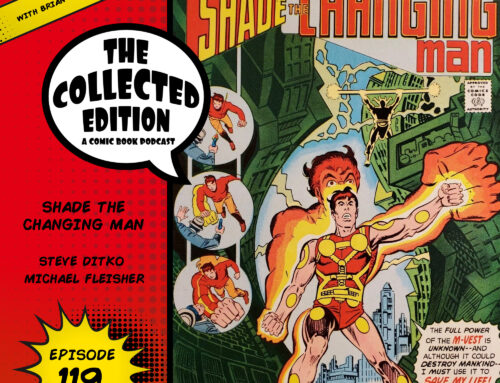

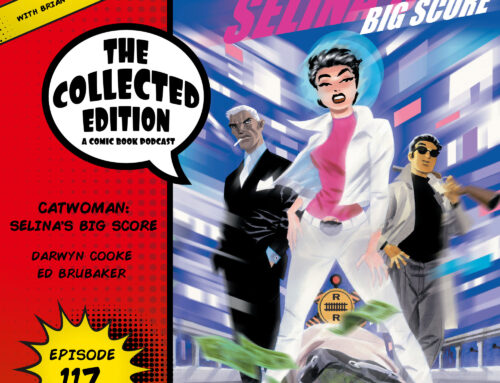

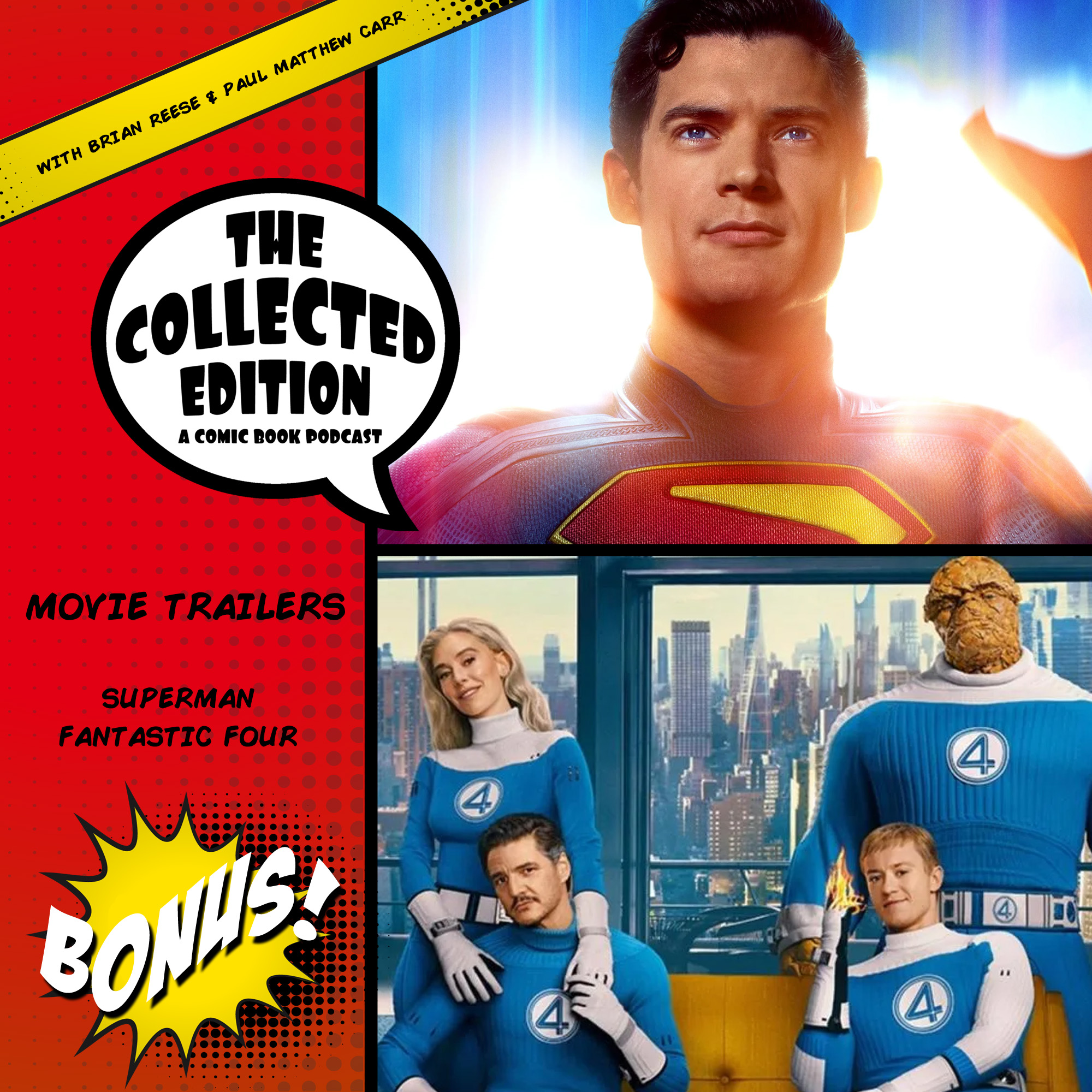
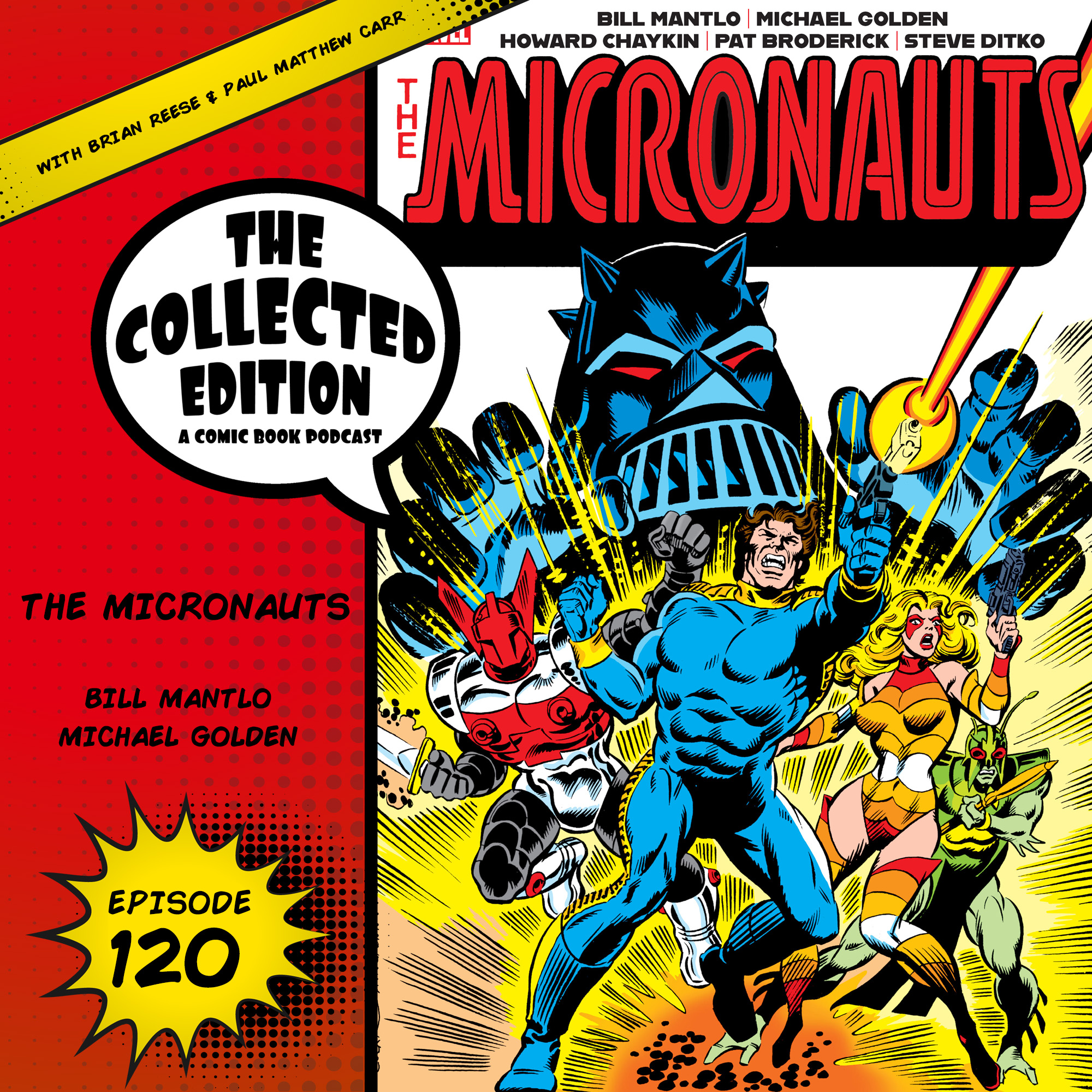
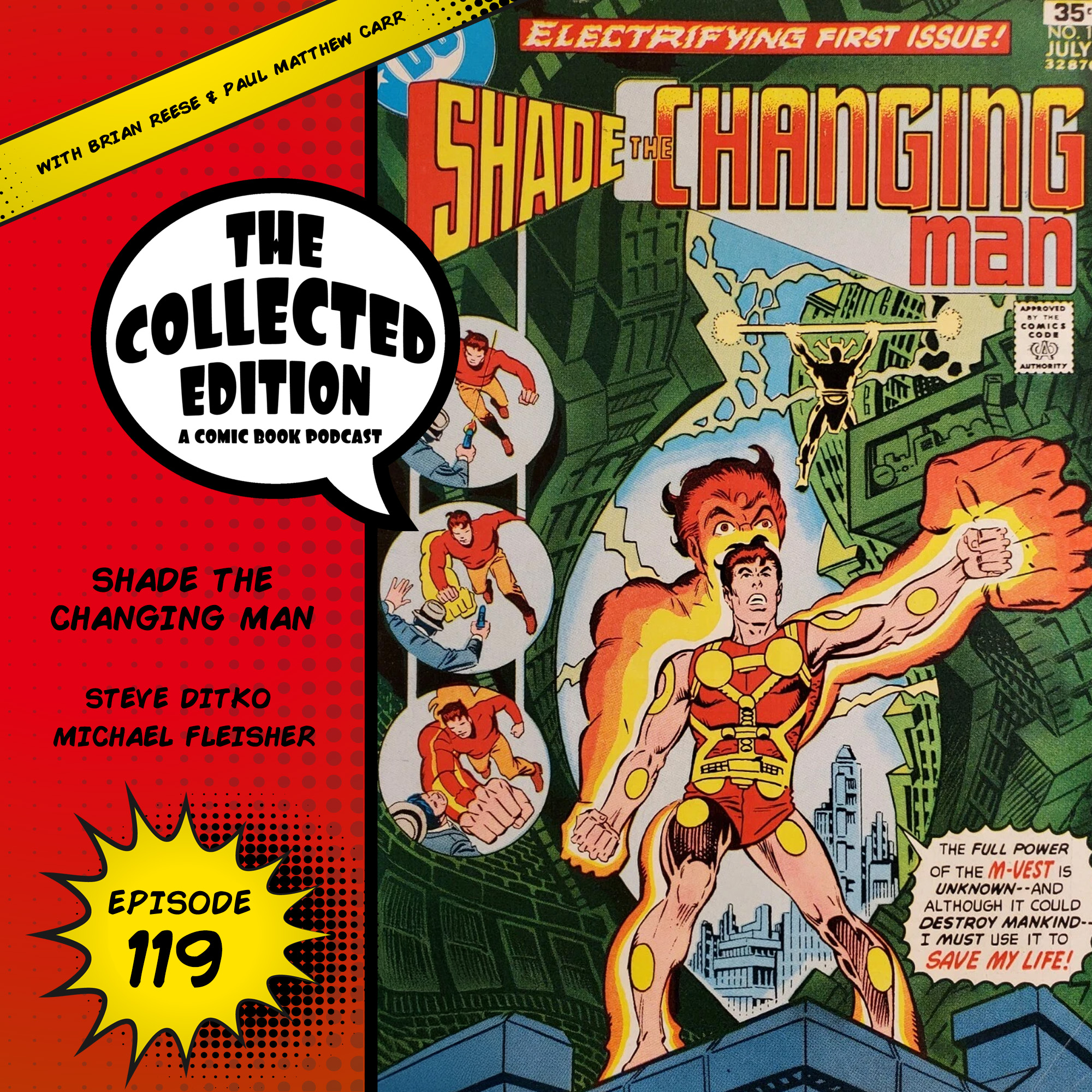

Leave A Comment